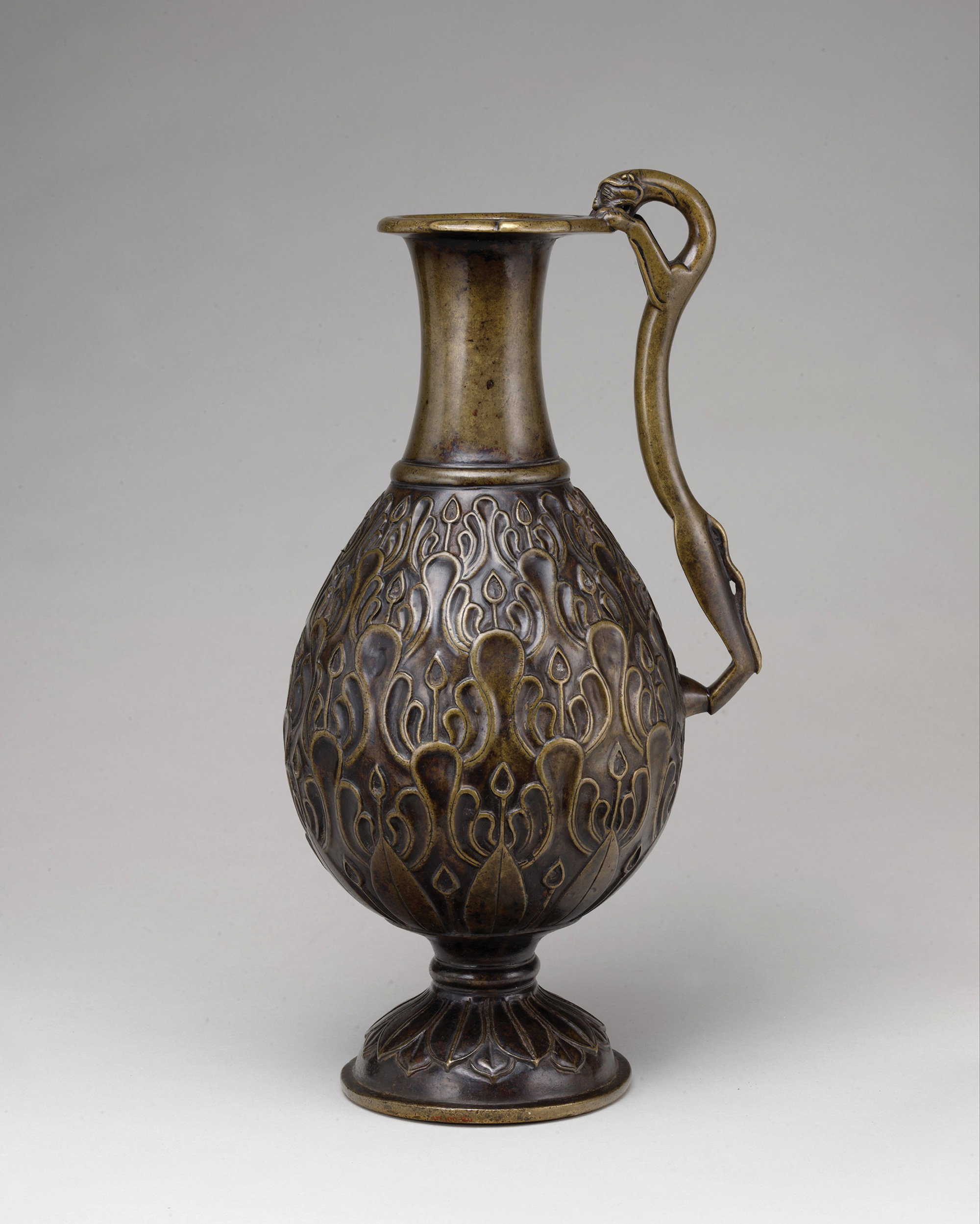The Handle
Between the vessel and the world
Georg Simmel
First published in 1911, Georg Simmel’s long-forgotten essay “The Handle” is emblematic of the German sociologist’s ability to take an apparently trivial object or phenomenon and reveal the array of symbolic relations that course through it. The translation here is a modified version of one that appeared in the Autumn 1958 issue of the Hudson Review.
Modern theories of art present the essential task of painting and sculpture as the representation of the spatial organization of things. It is therefore all too easy to neglect the fact that the space of the painting is a completely different one from the real one in which we live. In real space, an object can be touched; in a painting, it can only be looked at. Each point of real space is experienced as part of an infinite expanse, whereas the space of a picture is experienced as a self-enclosed world. The real object interacts with everything that surges past or hovers around it, whereas the content of a work of art cuts these ties, fusing its own elements into a self-sufficient unity. The work of art thus leads its life beyond reality. To be sure, the work of art draws its content from reality, but from visions of reality it constructs a sovereign realm. While the canvas and the pigment on it are parts of reality, the work of art made out of them exists in an ideal space that can no more come in contact with actual space than tones can touch smells.

This holds for every utensil, every vase, insofar as it is deemed to have aesthetic value. As a piece of metal that is tangible, weighable, and incorporated into the ways and means of the surrounding world, a vase is a segment of reality. At the same time, its artistic form leads an existence completely detached and self-contained, for which the material reality of the metal is merely the vehicle. A vessel, however, unlike a painting or statue, is not intended to be insulated and untouchable but is meant to fulfill a purpose—if only symbolically. For it is held in the hand and drawn into the movement of everyday life. Thus the vessel is in two worlds at one and the same time. Whereas reality is completely irrelevant to the “pure” work of art and, as it were, is consumed in it, reality does make claims upon the vase as an object that is handled, filled and emptied, proffered, and set down here and there.
This dual nature of the vase is most decisively expressed in its handle. The handle is the part by which it is grasped, lifted, and tilted. Through the handle the vase projects visibly into that real world which relates it to everything external, to an environment that does not exist for the work of art as such. But then the body of the vase is certainly not alone in being subjugated to the demands of art, for were this the case, the handles would be reduced to mere grips, unrelated to the aesthetic value of their form, like the hooks and eyes of a picture frame. Instead, the handles connecting the vase with the world outside art also become components of the art form; they must be justified purely as shapes and as constituting a single aesthetic vision with the body of the vase, irrespective of the fact that they have a practical purpose. By virtue of this double significance, and because of the clear and characteristic way in which this significance emerges, the handle as a phenomenon becomes one of the most absorbing aesthetic problems.